I think what I love most about finding all the relics of the past, from old ranch trash, old military cartridge brass, to ancient potsherds, is that I find myself trying to imagine what the area was like when those folks occupied it. Certainly the Ol’ Guajolote was running regularly in the 1880s or the US Army wouldn’t have had a heliograph and soldiers sitting around there. And all the broken pottery is an indication of life by a running creek well before that time. My imagination runs wild.
The scientific name for the cedar waxwing is Bombycilla cedrorum and I was right that the accent is on the CIL, so bom-bi-SIL-la. Yay! The silk part (GR bombyx) refers to silky plumage, so not the cool crest. I almost got it right. What about that very cool black mask? I compared it to too much mascara, but the more I look at it I think maybe Zorro’s mask.
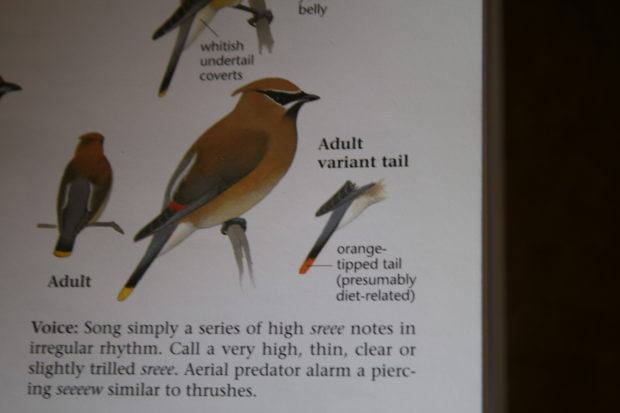
I went back out to the hackberry tree with my telephoto lens to get a bird photo, but the waxwings had moved on, so the waxwing photo is of the drawing in The Sibley Guide to Birds. Also a photo of a pile of old brass on a book shelf in our home. Marie Kondo would have a seizure in our home. And for more information on heliographs go to the Fort Bowie National Monument web site.
https://www.nps.gov/fobo/index.htm
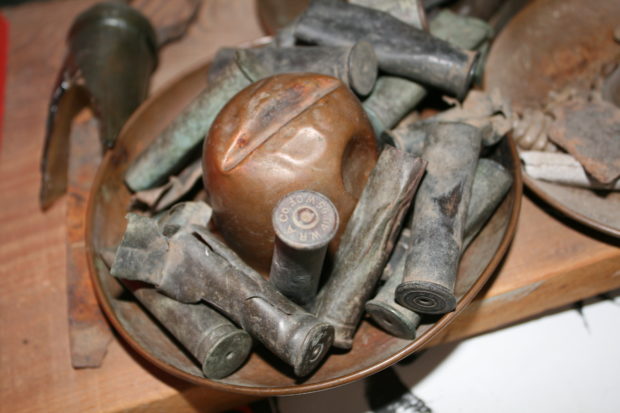
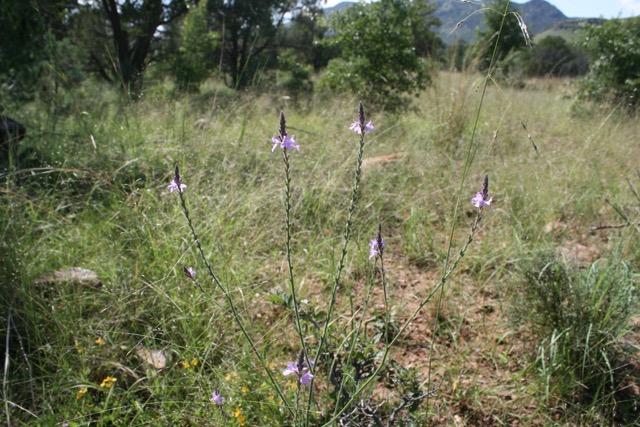
I’m telling you, late summer and fall are great times to get out into the hills, especially if you want to find interesting plants....
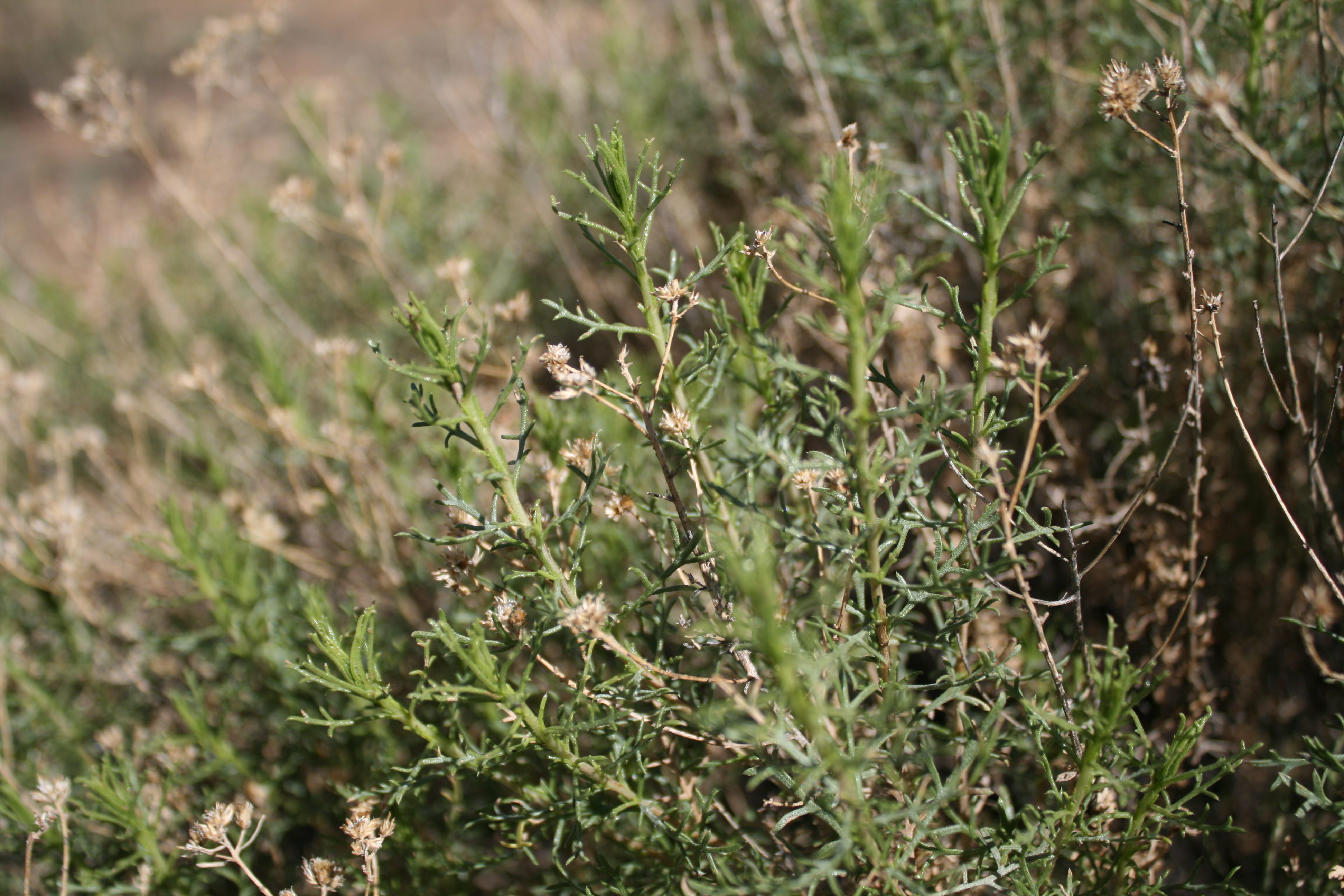
Burroweed is in the Asteraceae. In the olden days…well, it wasn’t that long ago… some botanists had the sunflower family (Compositae) split up into...
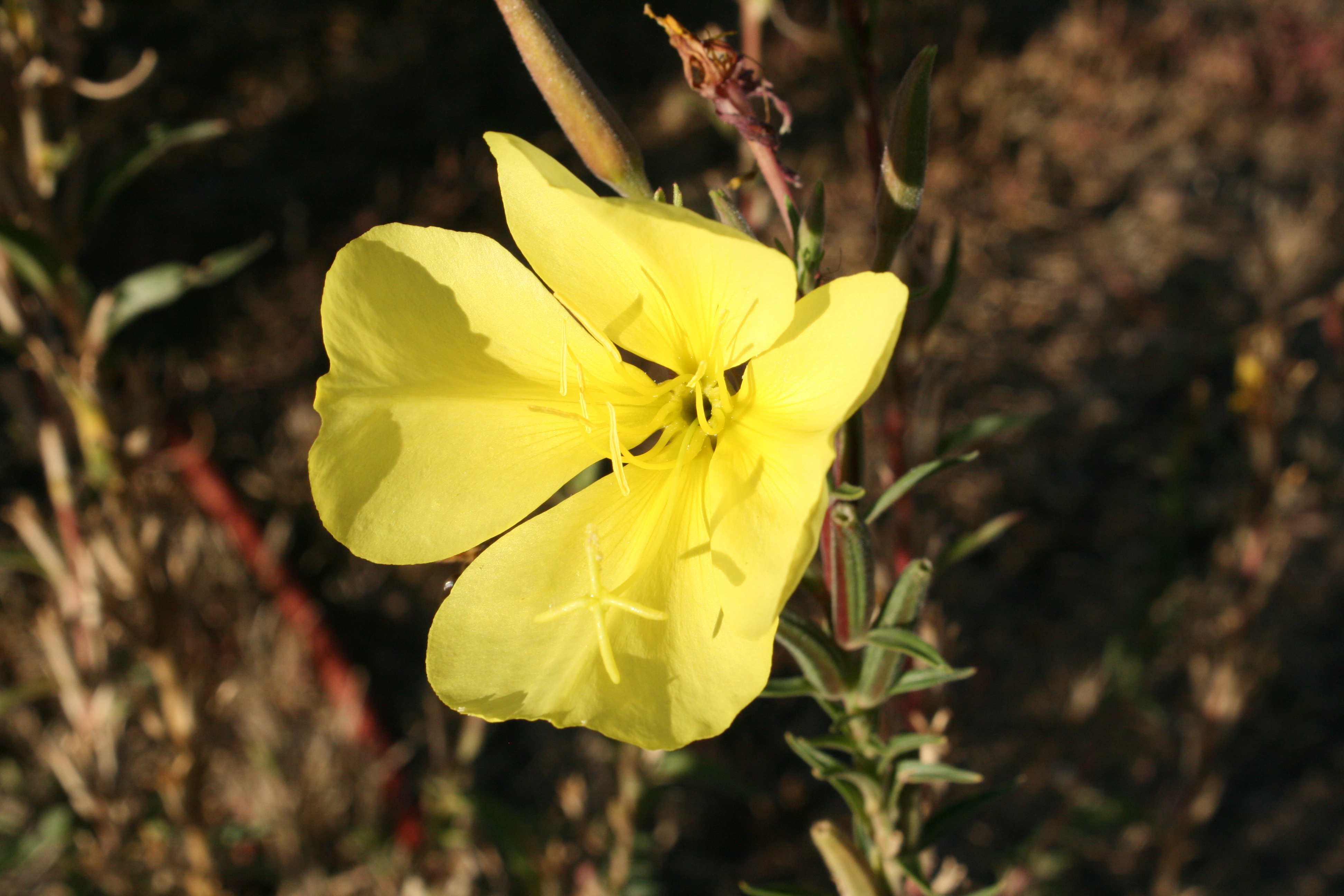
It is nice to have a yard full of native plants. Most of the time I have an idea what and where I want...